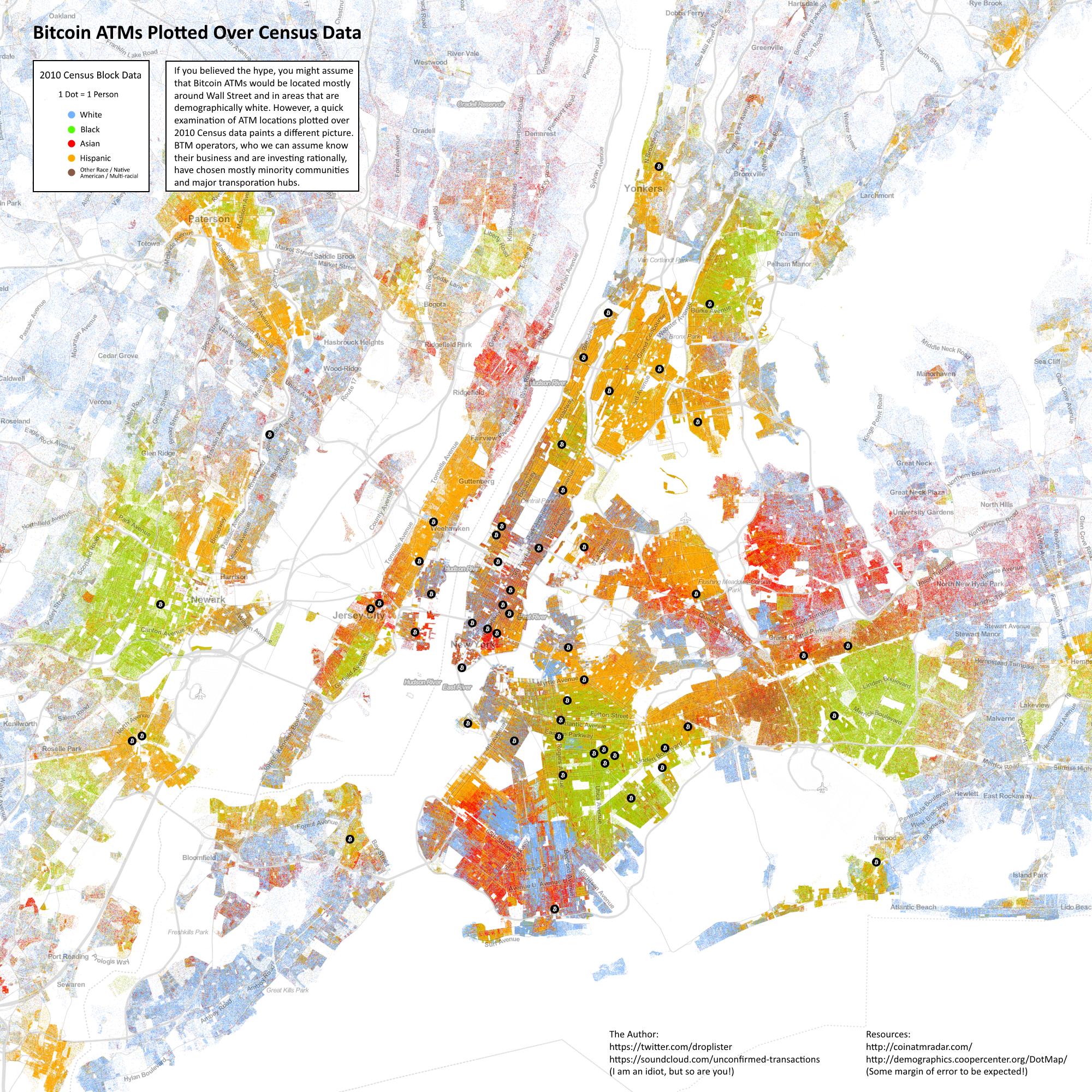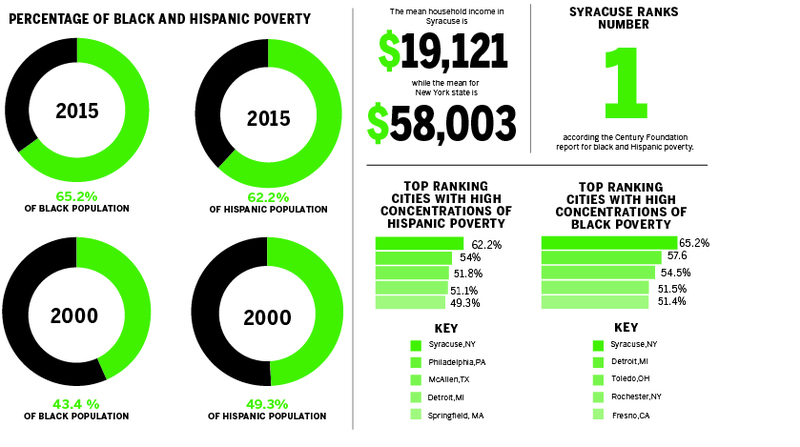Bitcoin ATMs are highly concentrated in minority areas within New York City. Some suggest they are targeting minorities involved in the drugs trade. Others argue that minorities sending remittances are the target instead.
Drug dealers targeted
Twitter user, Dan Anderson (@droplister), created the census data map to highlight the high concentration of BTMs in minority areas. Cynicists would suggest these target minorities involved in the drugs trade, but statistics don’t support their viewpoint. As a matter of fact, white Americans surpasse African-Americans in drug usage by a very wide margin.
Bitcoin is semi-popular among drug dealers, and particularly popular among online dealers, because many perceive the cryptocurrency to be anonymous, despite this not actually being the case.

Remittances
However, the overwhelming interpretation of the data is that BTMs were placed in minority areas to target Bitcoin transactions particularly for remittances, as minority NYC citizens are much more likely to send remittances than their majority white counterparts. Obviously, increased usage means increased profits for the BTM operator.
Bitcoin is particularly appealing for poorer minorities due to the low transaction fees involved, since a good deal of African-Americans and Hispanics in New York are under the poverty line.
To elaborate, the image shows the highest amount of BTMs positioned around Hispanic communities, who send the most remittances according to data that says 25 billion USD was sent to Mexico alone in 2014 from the US. Additionally, the currency is unregulated, allowing illegal immigrants to use it without fear of deportation.

Some BTMs are positioned around areas populated mostly by those black persons who are not likely to be sending remittances. But poverty in black communities in NYC is such that the low transaction fees associated with Bitcoin look appealing.
On the whole, 65% of the black population in New York are living in poverty, making it the top ranking city in terms of black poverty.
